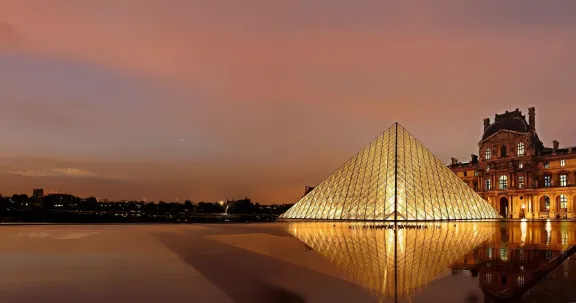Book your tickets
Reviews and Location
About the Tour
-
Opening Hours
The Louvre Museum has the following opening hours:
- Monday, Thursday, Saturday, Sunday: 9:00 AM to 6:00 PM
- Wednesday, Friday: 9:00 AM to 9:00 PM
- Tuesday: Closed
Please note that last entry is one hour before closing time, and the clearing of rooms begins 30 minutes before closing.
The museum is closed on January 1st, May 1st, and December 25th. It remains open on all other public holidays unless they fall on a Tuesday. -
Audio Guide in 9 Languages
French English Spanish Italian German Portuguese Japanese Korean Chinese
-
Location

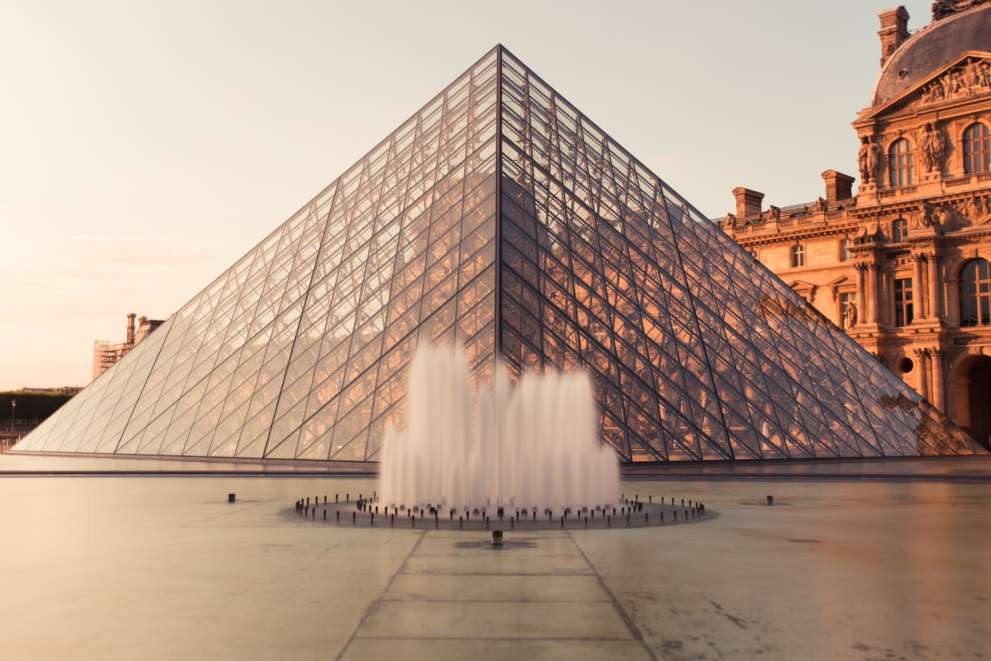
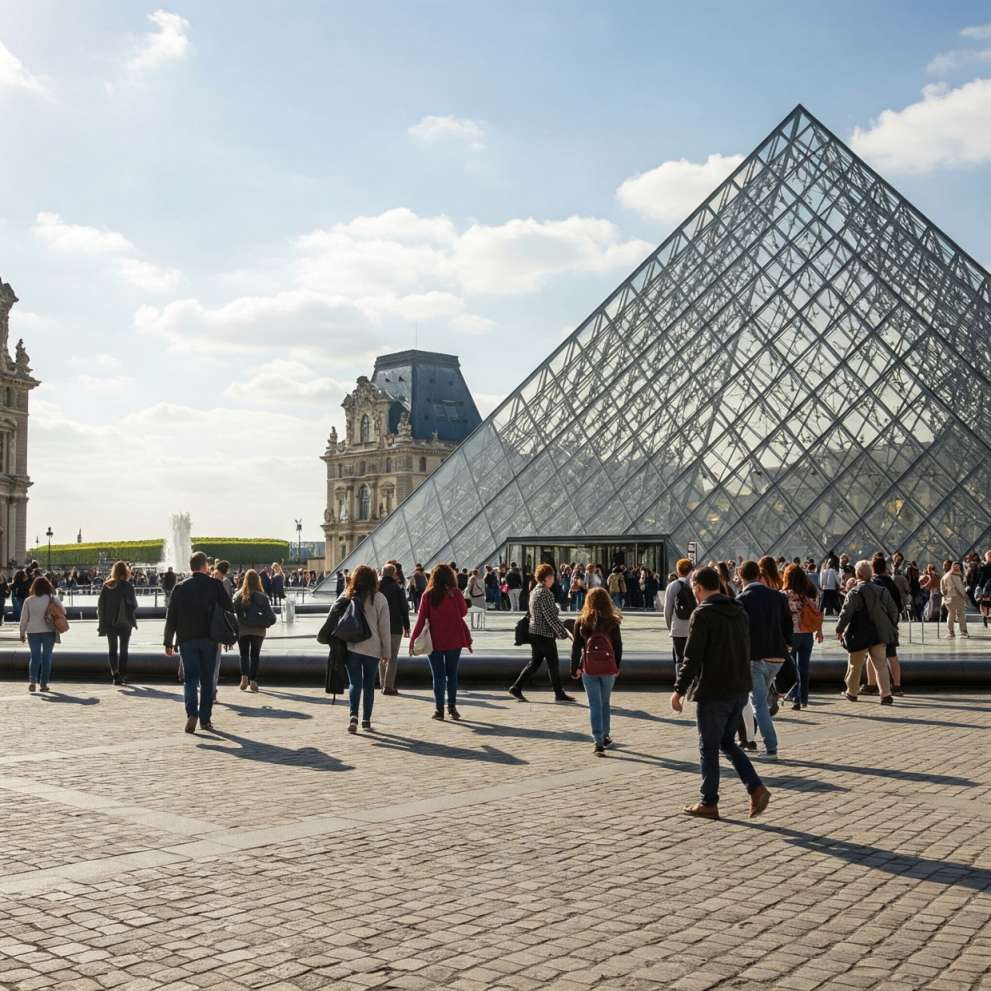




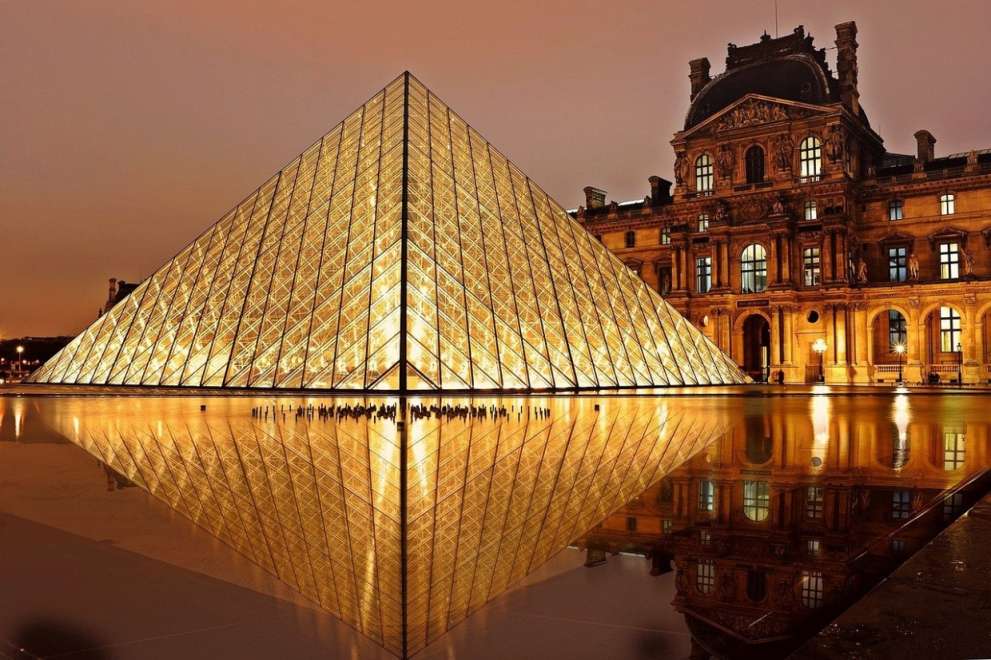
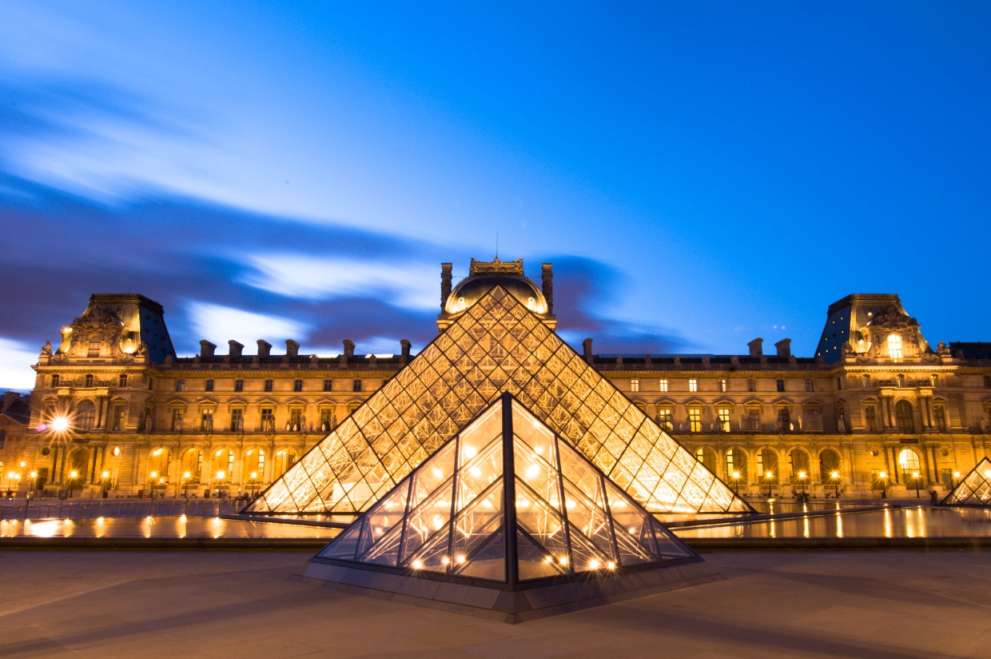

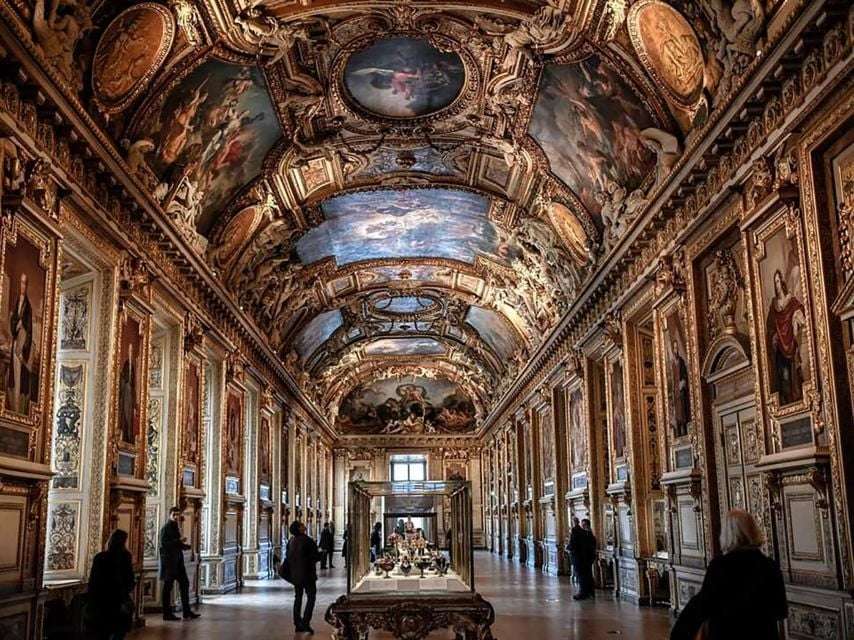

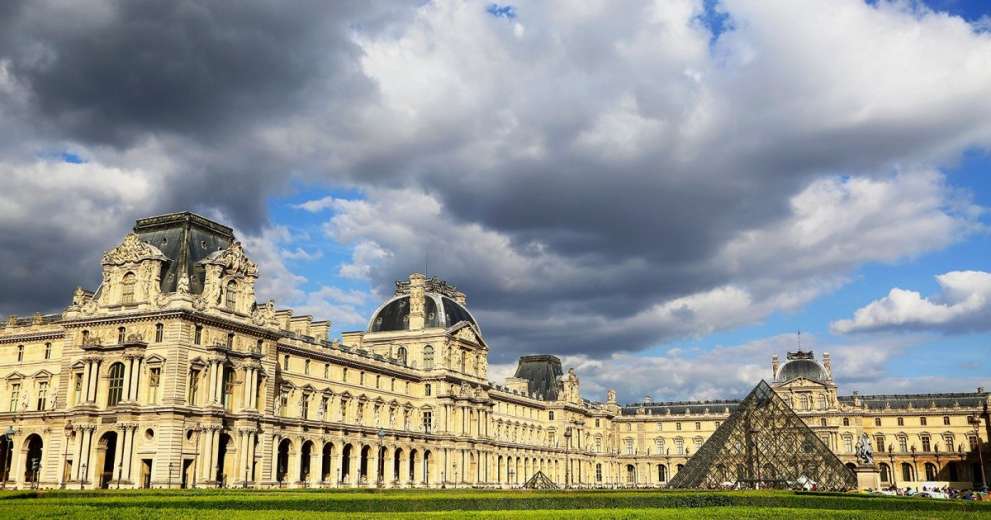

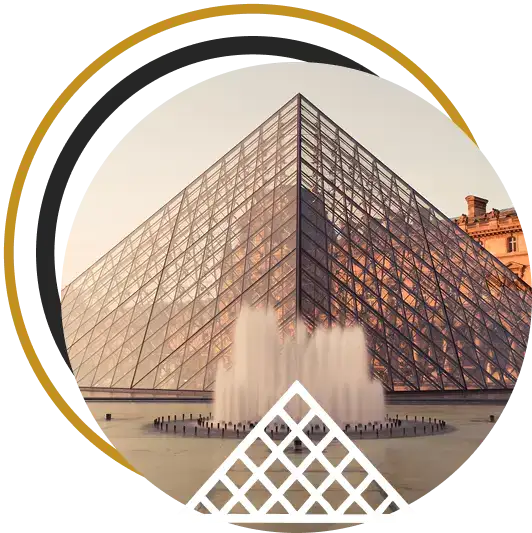
Welcome to the Louvre Museum
We invite you to step into a world of art and history at the heart of Paris. As a former royal palace, the Louvre embraces centuries of French history and is home to some of the world's most revered artistic treasures.
Plan Your Visit and Book Your Tickets
To ensure the best possible experience and guarantee your entry on the date and time of your choosing, we strongly recommend booking your tickets online in advance. Purchasing your ticket on our official website is the only way to guarantee priority access.
Your Journey Through Art History Booking your timed-entry ticket allows you to bypass the ticket purchasing line and dedicate your time to discovering our vast collections. Your journey will take you from the mysteries of ancient Egypt and the classical beauty of Greek and Roman sculpture to the grandeur of French decorative arts. Stand before masterpieces you have always dreamed of seeing, including the Mona Lisa, the Venus de Milo, and the Winged Victory of Samothrace.
Our mission is to share these universal works with the world. By booking your visit, you are preparing for an unforgettable experience, wandering through the halls that have welcomed kings, artists, and visitors from across the globe for centuries.
Reserve Your Place in History Secure your ticket now to begin your exploration of the Louvre Museum. We look forward to welcoming you.
Frequently Asked Questions
Unfortunately, no. Once you leave the museum, your ticket becomes invalid. Re-entry is not permitted, and you would need to purchase a new ticket to go back inside. It's best to plan your visit to ensure you see everything you want to see before exiting.
Unfortunately, all Louvre Museum tickets are non-refundable and non-exchangeable. They are valid for the specific date and time you select at the time of purchase and cannot be altered. A refund will only be issued in the event that the museum is closed on your selected date.
Yes, personal photography and video are permitted in the permanent collections. However, the use of flash, lighting, or selfie sticks is strictly prohibited. For some temporary exhibitions, photography may not be allowed, so be sure to check the signage in those specific galleries.
The museum is open every day except Tuesday from 9:00 a.m. to 6:00 p.m. On Wednesdays and Fridays, the museum has extended hours and is open until 9:45 p.m. The last entry is one hour before closing, and visitors are asked to begin leaving the galleries 30 minutes prior to closing. The main entrance is the Pyramid, but you can also use the Carrousel and Porte des Lions entrances.
Blog
The Secret History of the Louvre: From Fortress to Palace to Museum
The Louvre we know today as a world-renowned art museum has a fascinating history that dates back more than 800 years. It wasn't always a palace filled with paintings and sculptures; it was a medieval fortress, a royal residence, and a symbol of French power.
A Fortress to Protect the City
The story begins in the late 12th century, when King Philip II built a fortress on the site to protect Paris from Viking raids. Remnants of this medieval castle, including the foundations of the original moat and keep, can still be seen in the basement of the museum today. This early Louvre was a formidable military structure, a far cry from the elegant palace we see now.
The Renaissance and the Royal Transformation
Over the centuries, the fortress was gradually transformed. The most significant changes began during the Renaissance when Francis I demolished the old keep and commissioned architects to build a grand royal palace. He began the royal art collection that would one day become the core of the museum's holdings, notably acquiring Leonardo da Vinci’s Mona Lisa.
The Center of Royal Power
The Louvre continued to grow under successive monarchs, including Catherine de' Medici, who built the Tuileries Palace, and Louis XIV, who famously moved the court to Versailles but left a legacy of grand architectural projects. The sprawling complex was expanded and decorated with the finest art and furnishings, reflecting the immense power and wealth of the French monarchy.
The Birth of a Public Museum
The French Revolution marked the turning point. In 1793, the revolutionary government opened the "Musée Central des Arts" in the Grande Galerie, making the royal collections accessible to the public for the first time. It was a radical idea that transformed a symbol of aristocratic power into a cultural institution for all.
Today, when you walk through the Louvre's halls, you are not only walking through a museum but also through centuries of French history—from a humble medieval fort to the seat of an empire, and finally, to the world’s most celebrated palace of art.
Navigating the Louvre: Your Essential Guide to a Stress-Free Visit
Blog Post 2: Navigating the Louvre: Your Essential Guide to a Stress-Free Visit
The Louvre is not just a museum; it's a city of art, and its sheer size can be overwhelming. To help you make the most of your visit without getting lost or exhausted, we've put together a few tips for navigating this iconic Parisian landmark.
Before You Go: Plan, Plan, Plan
-
Book Your Tickets Online: This is the golden rule. Pre-booking your timed entry ticket is the single best way to avoid long lines at the entrance. It saves you valuable time and guarantees your entry on a specific date.
-
Know Your "Must-Sees": Trying to see everything in one day is a recipe for fatigue. Before you arrive, choose a handful of key artworks or galleries you absolutely want to see. This will give your visit a focus and a route. The Louvre’s official website has a fantastic online map and collection guide to help you plan.
-
Download the Louvre App: The museum’s official app is an invaluable tool. It includes interactive maps, suggested itineraries, and information on thousands of artworks, all accessible on your phone.
Inside the Museum: A Strategy for Success
-
Enter Through a Less Crowded Entrance: While the Pyramid is the most famous entrance, it's also the busiest. Consider using the underground entrance at the Carrousel du Louvre shopping mall or the Porte des Lions entrance (for visitors with pre-booked tickets) for a quicker entry.
-
Pace Yourself: Take breaks. The Louvre is home to several cafes and rest areas. Don't be afraid to sit down, grab a coffee, and recharge before continuing your exploration.
-
Go Against the Flow: Most people head straight for the Mona Lisa. If you want to see other famous works with fewer crowds, consider starting your visit in a different wing, like the Richelieu or Sully wings, and visiting the most popular pieces later in the day.
Beyond the Mona Lisa: 5 Must-See Masterpieces You Can't Miss
Everyone comes to the Louvre for the enigmatic smile of the Mona Lisa, but this vast museum is a treasure trove of art with countless masterpieces that deserve your attention. While you'll absolutely want to see Leonardo da Vinci's iconic portrait, we've curated a list of five other incredible artworks that will make your visit unforgettable.
-
The Winged Victory of Samothrace: Perched majestically at the top of a grand staircase, this Hellenistic sculpture of the Greek goddess Nike is a breathtaking sight. The powerful, forward-surging figure, with her drapery seemingly whipped by the wind, exudes a sense of dynamic movement and triumph. Its missing head and arms only add to its dramatic and timeless beauty, inviting you to imagine the full grandeur of the statue.
-
Venus de Milo: This famous ancient Greek statue, believed to depict the goddess Aphrodite, is celebrated for its graceful curves and serene expression. The mystery of her missing arms has captivated art lovers for centuries, sparking endless debates about her original posture and what she might have been holding. Her timeless beauty and the perfect balance of her form make her a quintessential representation of classical art.
-
The Coronation of Napoleon: Step into a moment of history with this monumental painting by Jacques-Louis David. Spanning an impressive 20 feet wide, the canvas depicts the coronation of Napoleon Bonaparte in Notre-Dame Cathedral. The sheer scale and detail of the work are astounding, capturing the elaborate ceremony, the opulent costumes, and the powerful figures of the day. It's a vivid snapshot of political power and theatrical grandeur.
-
Liberty Leading the People: A symbol of French republicanism, Eugène Delacroix's painting is a powerful and emotional depiction of the July Revolution of 1830. A bare-breasted personification of Liberty, holding the tricolor flag, leads a charge of revolutionaries over barricades and fallen bodies. It’s a stirring image of defiance and hope, and a cornerstone of Romantic painting that continues to inspire.
-
Hammurabi's Code: Take a journey back in time to ancient Mesopotamia with this well-preserved Babylonian law code. Engraved on a large stone stele, the code is one of the oldest deciphered writings of significant length in the world. Seeing it in person offers a tangible connection to the origins of legal systems and social order, a fascinating contrast to the paintings and sculptures that surround it.
